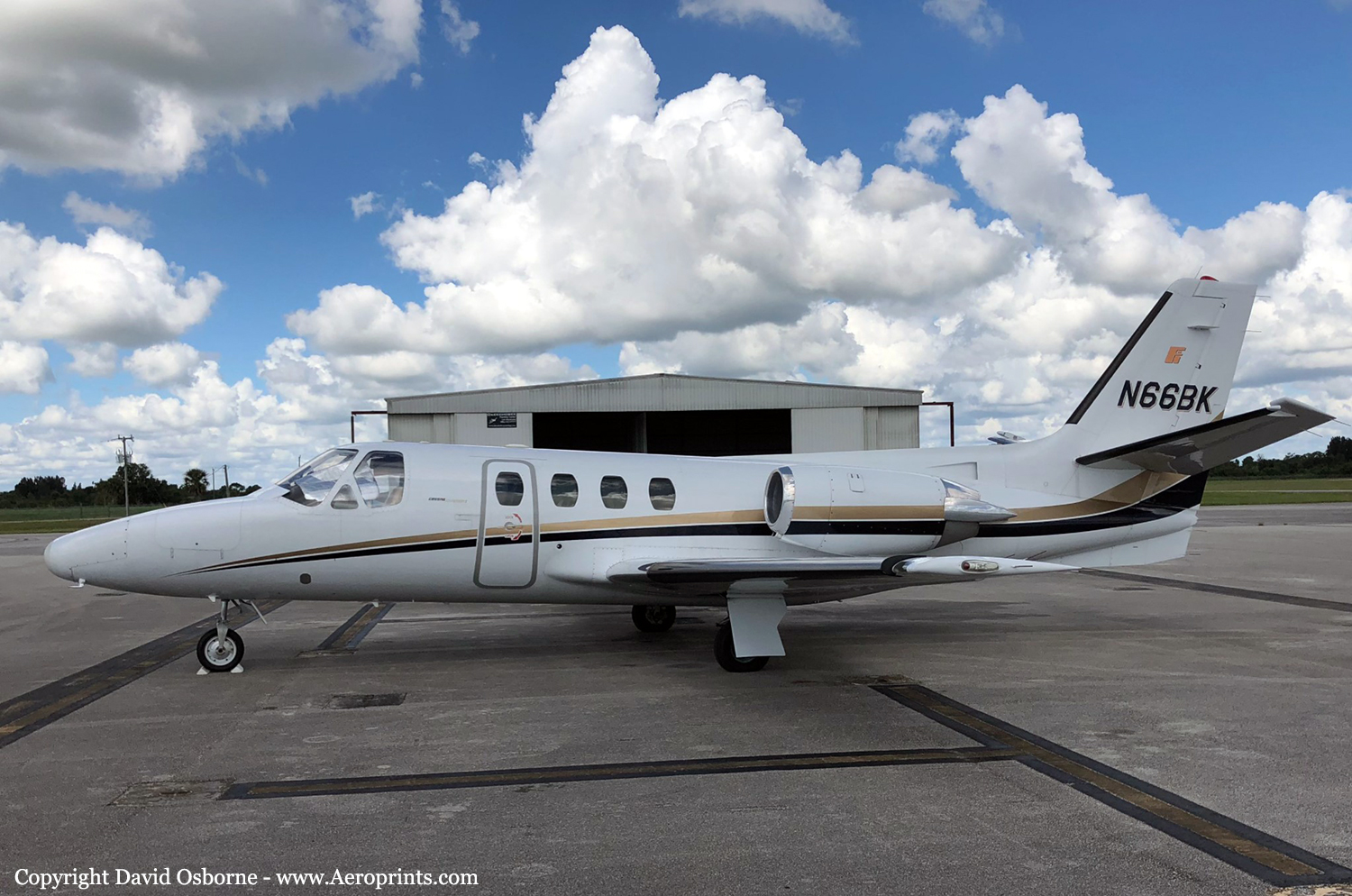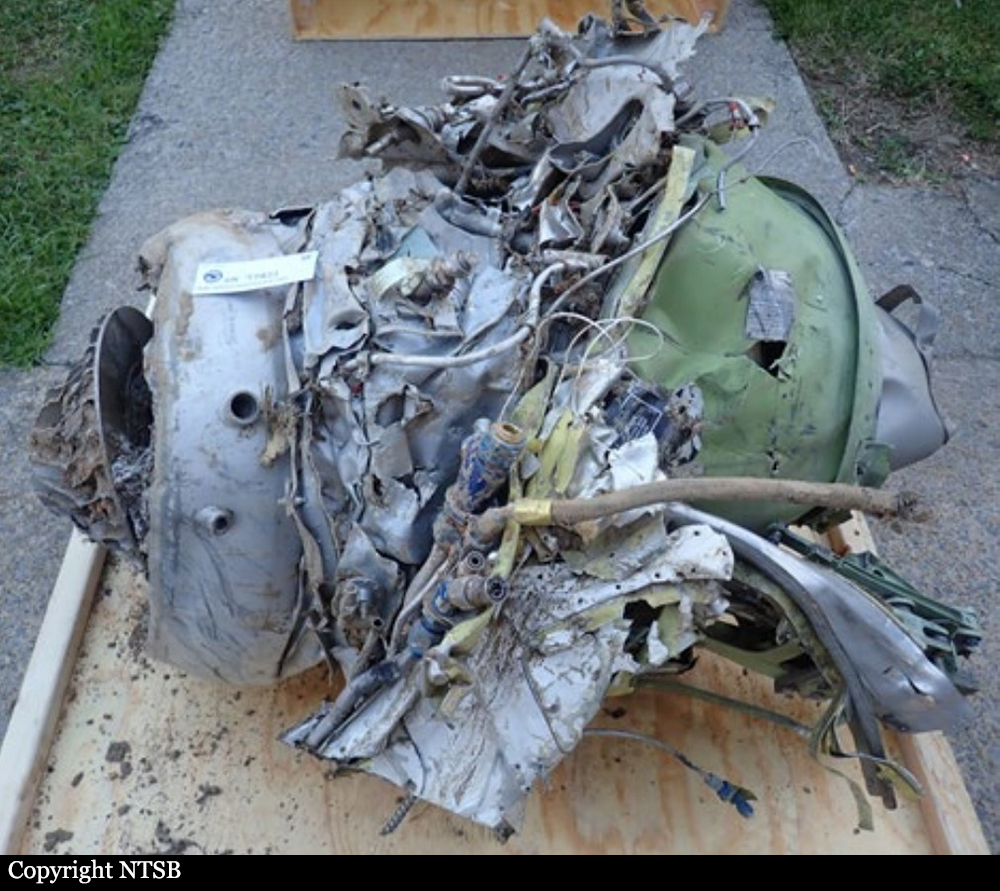Crash of a Cessna 501 Citation I/SP in Smyrna: 7 killed
Date & Time:
May 29, 2021 at 1055 LT
Registration:
N66BK
Survivors:
No
Schedule:
Smyrna - Palm Beach
MSN:
501-0254
YOM:
1982
Crew on board:
1
Crew fatalities:
Pax on board:
6
Pax fatalities:
Other fatalities:
Total fatalities:
7
Captain / Total hours on type:
83.00
Aircraft flight hours:
4781
Circumstances:
The instrument-rated pilot of the business jet airplane, pilot-rated passenger, and five passengers departed on a cross-country flight and entered the clouds while performing a climbing right turn. The airplane then began to descend, and air traffic control (ATC) asked the pilot to confirm altitude and heading. The pilot did not respond. After a second query from ATC, the pilot acknowledged the instructions. The airplane entered a climbing right turn followed by a left turn. After ATC made several attempts to contact the pilot, the airplane entered a rapid descending left turn and impacted a shallow reservoir at a high rate of speed. Postaccident examination of the recovered wreckage and both engines revealed no evidence of any preimpact mechanical malfunctions or failures that would have precluded normal operation. Flight track data revealed that after takeoff, the airplane entered the clouds and made a series of heading changes, along with several climbs and descents, before it entered a steep, descending left turn. This type of maneuvering was consistent with the onset of a type of spatial disorientation known as somatogravic illusion. According to a National Transportation Safety Board performance study, accelerations associated with the airplane’s increasing airspeed were likely perceived by the pilot as the airplane pitching up although it was in a continuous descent. This occurred because the pilot was experiencing spatial disorientation and he likely did not effectively use his instrumentation during takeoff and climb. As a result of the pilot experiencing spatial disorientation, he likely experienced a high workload managing the flight profile, which would have had a further adverse effect on his performance. As such, the airplane entered a high acceleration, unusual attitude, descending left turn from which the pilot was not able to recover. The pilot and the pilot-rated passenger did not report any medication use or medical conditions to the Federal Aviation Administration on their recent and only medical certification examinations. Postaccident specimens were insufficient to evaluate the presence of any natural disease during autopsy. However, given the circumstances of this accident, it is unlikely that the pilot’s or pilot-rated passenger’s medical condition were factors in this accident. Low levels of ethanol were detected in the pilot’s muscle tissue and the pilot-rated passenger’s muscle and kidney tissue; n-butanol was also detected in the pilot’s muscle tissue. Given the length of time to recover the airplane occupants from the water and the circumstances of this accident, it is reasonable that some or all of the identified ethanol in the pilot and the pilot-rated passenger were from sources other than ingestion. Thus, the identified ethanol in the pilot and the pilot-rated passenger did not contribute to this accident.
Probable cause:
The pilot’s loss of airplane control during climb due to spatial disorientation.
Final Report:

